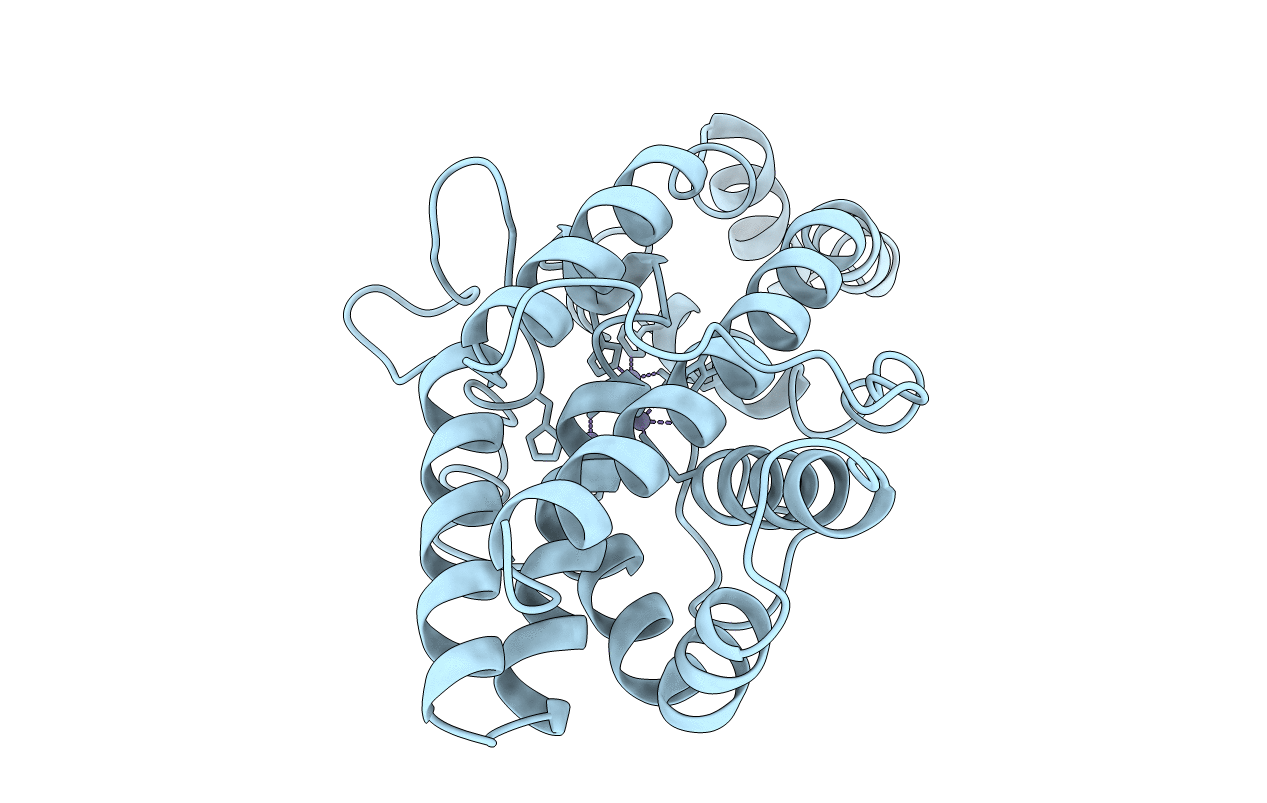
Deposition Date
1997-04-14
Release Date
1997-12-10
Last Version Date
2024-02-07
Method Details:
Experimental Method:
Resolution:
1.50 Å
R-Value Free:
0.23
R-Value Work:
0.20
R-Value Observed:
0.20
Space Group:
P 43 21 2


